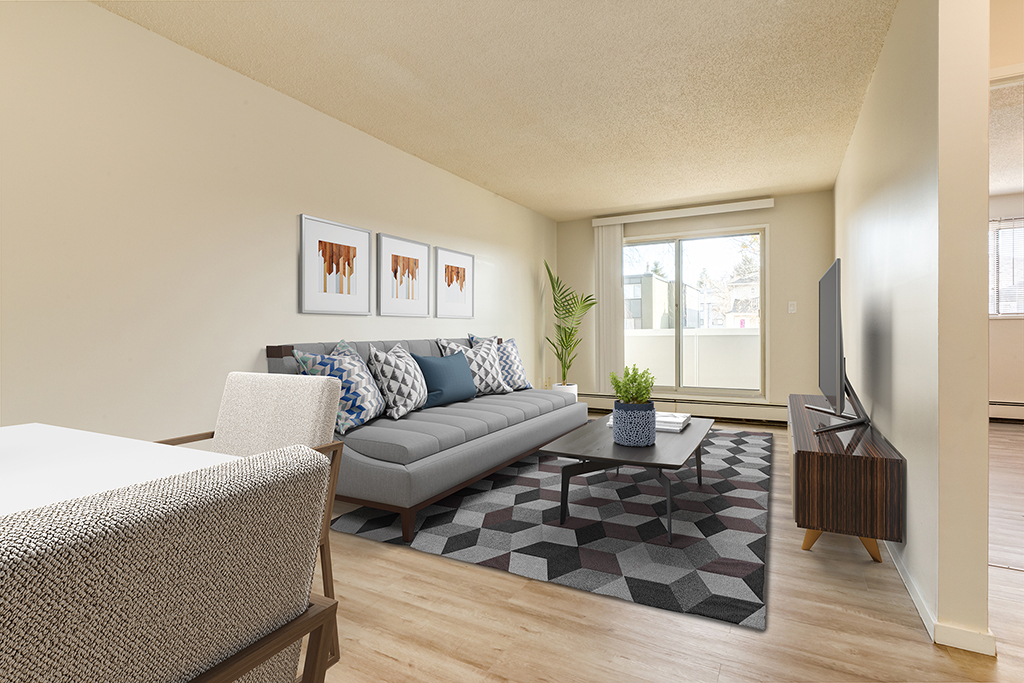The Growing Need for Affordable Senior Housing
The U.S. Census Bureau projects that by 2034, adults aged 65+ will outnumber children under 18 for the first time in history. With rising living costs, many seniors struggle to find housing that balances affordability, accessibility, and amenities.
Key Challenges for Seniors Seeking Affordable Housing:
- Finding affordable and suitable housing is a pressing issue for many seniors, particularly as their needs and resources evolve with age. One of the most significant challenges is limited fixed income. Many older adults depend solely on Social Security, pensions, or modest retirement savings, making it difficult to afford the rising costs of rent and utilities in many areas, especially in urban centers.
- Another concern is accessibility, Seniors often require homes that accommodate mobility limitations—features such as elevators, wheelchair ramps, wider doorways, and grab bars in bathrooms are essential for safety and independence. However, such units are limited and in high demand.
- Additionally, seniors face long waitlists for government-subsidized or income-restricted housing options, with some wait periods extending several years. This delay creates uncertainty and may force seniors into unsuitable or unaffordable living conditions.
- Location is also a critical factor. Seniors need housing close to healthcare providers, pharmacies, public transportation, and family support networks. Affordable housing in these desirable locations is often scarce, increasing the difficulty of finding a long-term, stable solution. These challenges require coordinated efforts to expand housing support tailored to the elderly population.
Types of Affordable Senior Housing Options
Government-Subsidized Housing (HUD & Section 202)
The U.S. Department of Housing and Urban Development (HUD) offers programs like Section 202 Supportive Housing for the Elderly, which provides rent subsidies based on income.
-
Eligibility: Must be 62+ and meet income limits (typically 50% or less of the area median income).
-
Pros: Rent capped at 30% of adjusted income, accessibility features.
-
Cons: Long waitlists (often 2-5 years).
Low-Income Housing Tax Credit (LIHTC) Properties
The LIHTC program is a federal initiative that encourages private developers to build and maintain affordable rental units. These properties often include a portion of units specifically reserved for seniors. Eligibility requirements vary by property but typically involve income restrictions based on area median income (AMI). Seniors applying for these units must demonstrate that their income falls within the qualifying limits.
Pros of LIHTC properties include:
-
Modern amenities and well-maintained living spaces
-
Mixed-age communities that offer opportunities for socialization
-
Regulated rent increases to ensure ongoing affordability
Cons include:
-
High demand in metropolitan areas, leading to limited availability
-
Lengthy application and waitlist processes in some regions
Nonprofit & Community-Based Senior Housing
Nonprofit organizations and local community groups play an essential role in creating and managing affordable housing for seniors. Groups such as the AARP Foundation, religious institutions, and local charities often partner with government agencies to offer low-cost senior apartments.
Example: The Ellicott City Senior Apartments in Maryland provides below-market rental units designed for low-income seniors. These units typically feature accessibility modifications, community amenities, and supportive services.
Advantages include:
-
Deep affordability thanks to donor and grant support
-
A strong focus on senior-specific needs
-
Community programming and social services included
Affordable Housing Developers (Private Sector)
Certain private developers specialize in creating cost-effective housing for older adults. These companies often focus on balancing affordability with quality by using efficient design, leveraging public-private partnerships, and maintaining long-term affordability commitments.
Some notable developers include:
-
Affordable Housing Developers California: They create innovative, energy-efficient senior communities at below-market rental rates.
-
Mercy Housing: Operating nationwide, Mercy Housing manages thousands of income-based rental units, many of which are tailored to the needs of older adults. Their properties often include wellness programs and on-site support services.
Private-sector developers may offer broader geographic coverage and a faster project turnaround compared to nonprofit options. However, competition for these units can still be high, and affordability levels may vary depending on location and funding.
How to Find Affordable Senior Apartments Nearby
Use Online Search Tools
Contact Local Housing Authorities
Every county has a Public Housing Agency (PHA) that manages subsidized housing applications.
Explore Senior-Specific Rentals
Some properties cater exclusively to seniors, offering social activities and healthcare access.
Competitive Advantages of Affordable Senior Housing
| Feature |
Government-Subsidized |
LIHTC Properties |
Nonprofit Housing |
| Rent Cost |
30% of income |
Below-market |
Sliding scale |
| Wait Time |
2-5 years |
6-18 months |
Varies |
| Amenities |
Basic |
Modern |
Community-focused |
| Accessibility |
ADA-compliant |
Varies |
Often tailored |
Data & Trends in Senior Housing Demand
(Source: Harvard Joint Center for Housing Studies, 2021)
-
62% of seniors earning below $30,000/year spend over 50% of income on housing.
-
Only 35% of eligible seniors receive federal rental assistance due to funding shortages.
Q&A: Common Questions About Affordable Senior Housing
Q: Are there income limits for senior apartments? A: Yes, most programs require income below 50-80% of the area median income.
Q: Can I find senior housing near family? A: Search using terms like "Apartments for Rent Nearby" or "Senior Apartments for Rent in [City]".
Affordable senior housing is a critical need, with options ranging from HUD-subsidized apartments to nonprofit and private developments. While challenges like waitlists exist, proactive research and early applications can help secure stable, budget-friendly housing.
5 Verified Sources:
-
-
-

